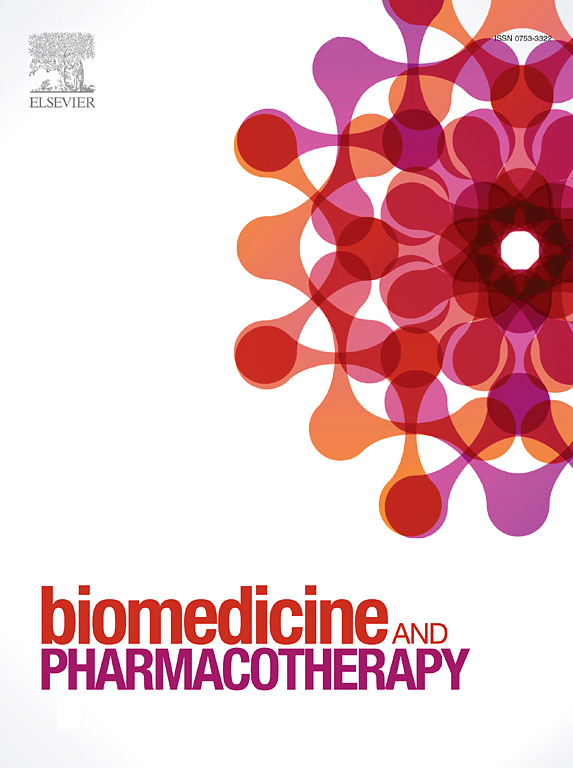Unlocking the potential of extracellular vesicle circRNAs in breast cancer: From molecular mechanisms to therapeutic horizons
IF 6.9
2区 医学
Q1 MEDICINE, RESEARCH & EXPERIMENTAL
引用次数: 0
Abstract
Breast cancer remains the leading cause of cancer-related morbidity and mortality among women worldwide, underscoring the urgent need for novel diagnostic and therapeutic strategies. This review explores the emerging roles of circular RNAs (circRNAs) within extracellular vesicles (exosomes) in breast cancer. circRNAs, known for their stability and tissue-specific expression, are aberrantly expressed in breast cancer and regulate critical cellular processes such as proliferation, migration, and apoptosis, positioning them as promising biomarkers. Exosomes facilitate intercellular communication by delivering circRNAs, reflecting the physiological and pathological state of their source cells. This review highlights the multifaceted roles of exosomal circRNAs in promoting tumor growth, metastasis, and drug resistance through their modulation of tumor metabolism, the tumor microenvironment, and immune responses. In particular, we emphasize their contributions to chemotherapy resistance and their potential as both diagnostic markers and therapeutic targets. By synthesizing current research, this review provides novel insights into the clinical applications of exosomal circRNAs, offering a foundation for future studies aimed at improving breast cancer management through non-invasive diagnostics and targeted therapies.
发掘细胞外囊泡 circRNAs 在乳腺癌中的潜力:从分子机制到治疗前景。
乳腺癌仍然是全球妇女癌症相关发病率和死亡率的主要原因,这凸显了对新型诊断和治疗策略的迫切需求。本综述探讨了细胞外囊泡(exosomes)中的环状 RNA(circRNAs)在乳腺癌中的新作用。circRNAs 以其稳定性和组织特异性表达而著称,在乳腺癌中异常表达,并调控增殖、迁移和凋亡等关键细胞过程,使其成为有前景的生物标记物。外泌体通过传递循环RNA促进细胞间的交流,反映源细胞的生理和病理状态。本综述强调了外泌体circRNA通过调节肿瘤代谢、肿瘤微环境和免疫反应,在促进肿瘤生长、转移和耐药性方面的多方面作用。我们特别强调外泌体循环RNA对化疗耐药性的贡献,以及它们作为诊断标志物和治疗靶点的潜力。通过综合当前的研究,本综述对外体循环RNA的临床应用提出了新的见解,为今后的研究奠定了基础,旨在通过无创诊断和靶向治疗改善乳腺癌的治疗。
本文章由计算机程序翻译,如有差异,请以英文原文为准。
求助全文
约1分钟内获得全文
求助全文
来源期刊
CiteScore
11.90
自引率
2.70%
发文量
1621
审稿时长
48 days
期刊介绍:
Biomedicine & Pharmacotherapy stands as a multidisciplinary journal, presenting a spectrum of original research reports, reviews, and communications in the realms of clinical and basic medicine, as well as pharmacology. The journal spans various fields, including Cancer, Nutriceutics, Neurodegenerative, Cardiac, and Infectious Diseases.

 求助内容:
求助内容: 应助结果提醒方式:
应助结果提醒方式:


